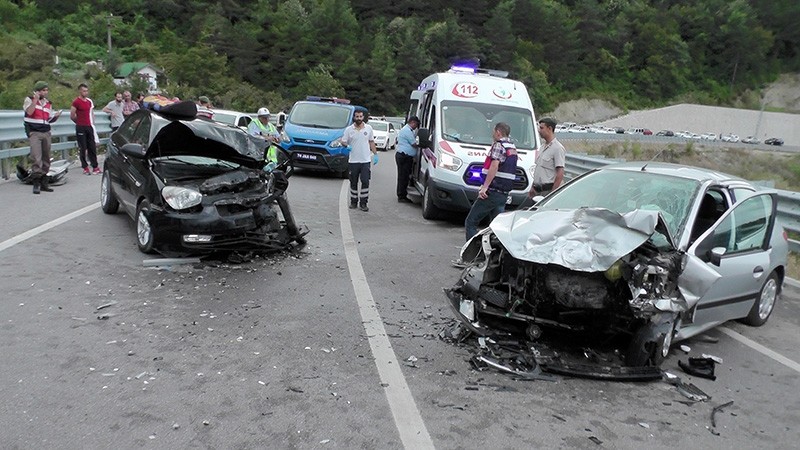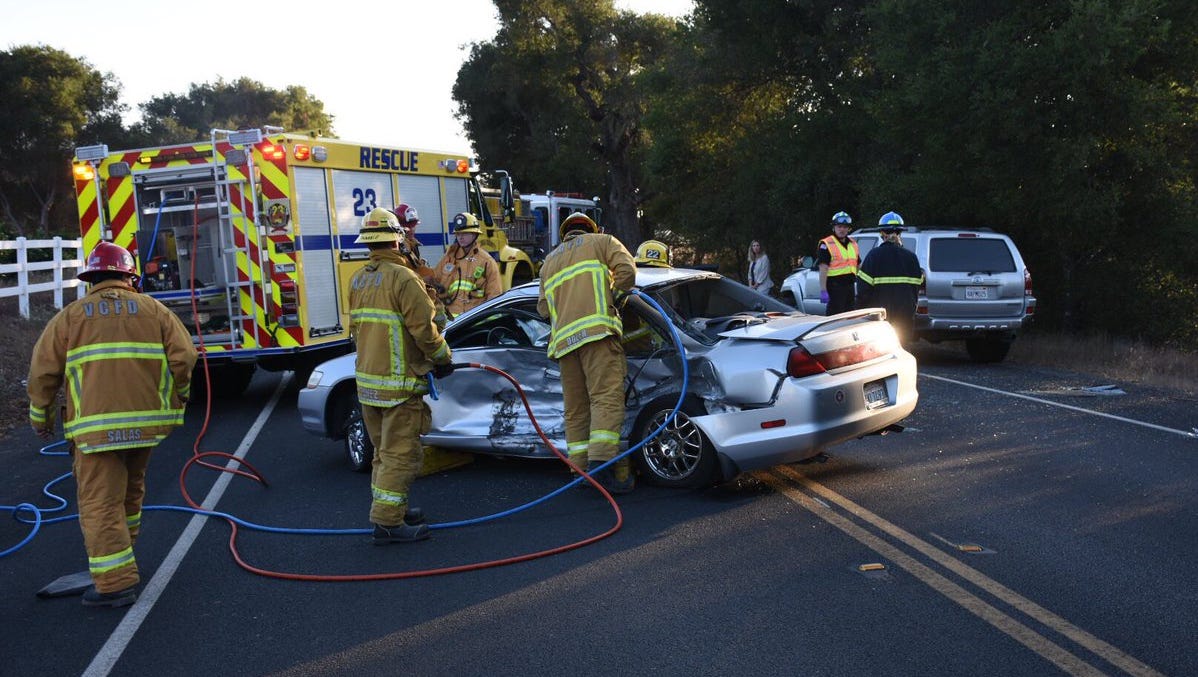

You may only have a few seconds to assess the situation and react, but this should be plenty of time if you remain calm and remember your driver’s training. There is almost always something that can be done to minimize the force of impact when a collision is unavoidable. The force of the rear car is transferred into the front car upon impact, using up kinetic energy by moving it forward. Rear-end collisions tend to have the least FOI. If you end up in a situation where you cannot avoid a crash, you should steer evasively to aim for a sideswipe rather than a T-bone or head-on collision. SideswipeĬollisions where two vehicles hit each other in a side-on, sideswipe motion are among the least severe. As the two colliding vehicles are not moving directly toward each other, some of the FOI is reduced by forward motion. Side-impact collisions (also known as T-bone collisions) are the second most severe type of collision. If you are traveling at 40mph and collide head-on with another vehicle also traveling at 40mph, the force of the impact will be equivalent to hitting a brick wall. Head-on collisions always produce the greatest force on impact. Let’s look at how force affects impact severity in different types of collisions. When there is a considerable disparity between the weight and/or speed of two colliding vehicles (for instance, when an articulated truck hits a small passenger vehicle) the lighter vehicle may be thrown backward or completely crushed. This means a slower car will be affected more than a faster car, and a lighter car will be affected more than a heavier car. When two cars collide head-on, the vehicle with less kinetic energy will take the most damage. This is why head-on collisions are so dangerous and frequently result in loss of life or serious injury. If both vehicles are moving toward each other, their combined kinetic energy will contribute to the FOI and result in a more severe collision. The total force of impact (FOI) in a collision between two vehicles is affected by the direction both cars are traveling in and the point at which they connect. If your force on impact is not sufficient to move the object, the force it sends back at your car will be significant and could do a great deal of damage. Colliding with a heavier stationary object such as a parked car or a lamp post would be a very different story. In all likelihood, a trash can would simply bounce off your car leaving little more than a dent in its wake. So, if you hit a very light object such as a trash can or a traffic cone, the vehicle’s force will far outweigh that of the object and the damage your car sustains should be minimal.

An object light enough to move when you hit it will absorb some of your kinetic energy, thus limiting the severity of the collision.


As every action results in an equal and opposite reaction, your speed at the point of impact (and the weight of the object you hit) will determine how much force it exerts on your car. Newton’s second law states that any object you hit will exert force back onto your vehicle – even if it is stationary. The force and subsequent severity of any collision depend on the energy your vehicle has at the moment of impact, and the energy held by the object you collide with. Heavier objects have more energy but in terms of crash severity, speed has a lot more to answer for. In simple terms, an object’s kinetic energy is equal to half its mass multiplied by the square of its speed. The two factors which determine the energy of a moving vehicle are its weight (or more specifically, its mass) and the speed at which it is traveling. The greater the energy, the greater the severity of the crash. If you stop suddenly by colliding with another vehicle or object, the amount of kinetic energy your car has left at that moment will determine the force of the impact. In an emergency when a moving vehicle comes to a sudden stop, its kinetic energy must dissipate instantaneously. In a normal driving situation, gradual braking and slowing will allow time for this energy to be absorbed by the brakes. Remember that your vehicle must lose all its kinetic energy to come to a complete stop.


 0 kommentar(er)
0 kommentar(er)
